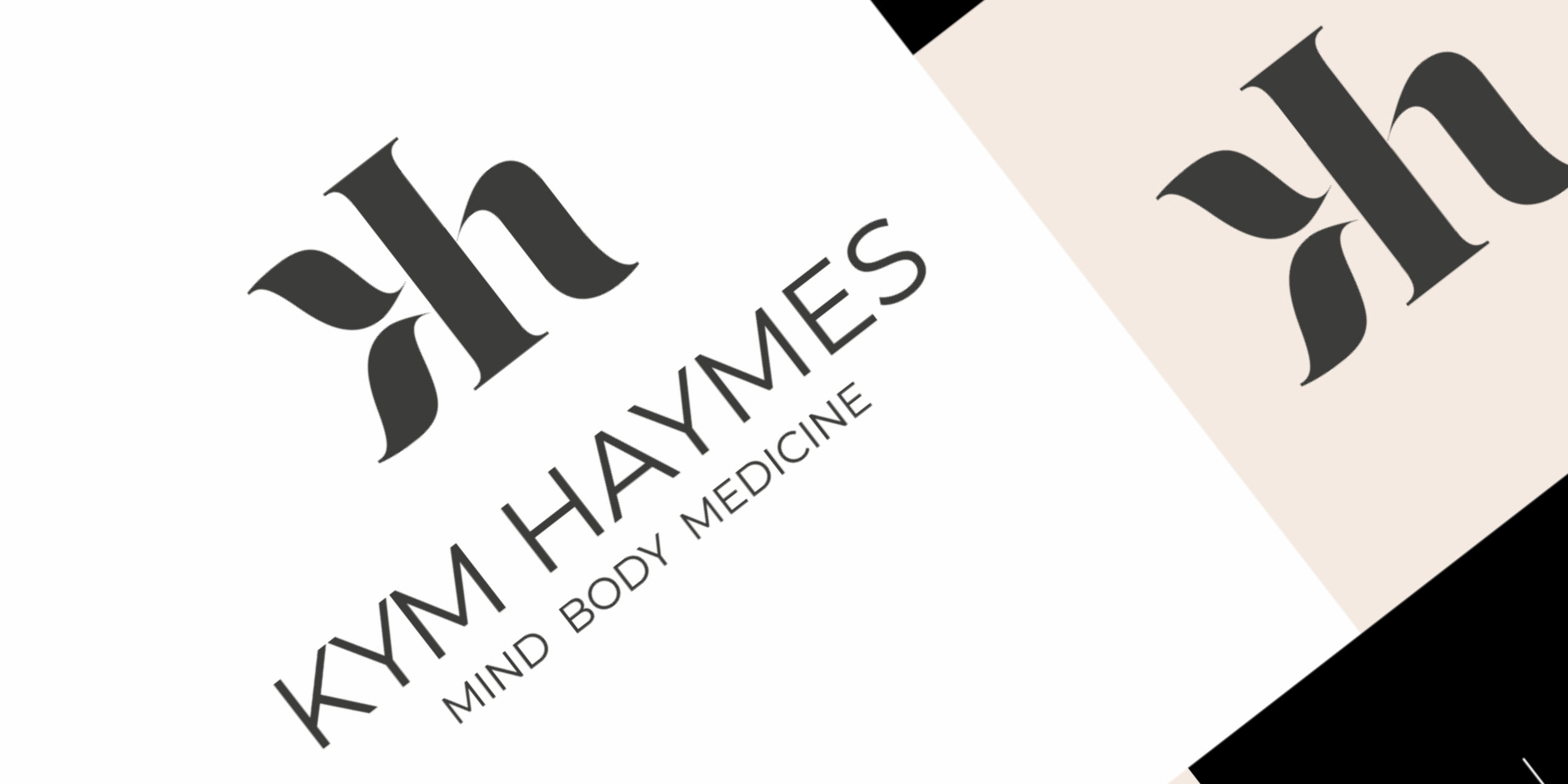Our guide to branding lingo and what it means for your business.
You’ve probably seen us toss around words like branding, brand identity, logo suite, or tone of voice, and if you’ve ever wondered what they all actually mean, you’re not alone.
The world of branding can often seem like a confusing maze of jargon. But don’t worry, we’re here to help clear things up. Whether you’re just starting a new business or giving your brand a much-needed refresh, understanding the language of branding will make the whole process smoother and more strategic.
Here’s a breakdown of common branding terms we use and why they matter for your business.
Brand
Think of your brand as your business’s personality; it’s the way people feel about you. It’s the impression someone has when they hear your name, see your logo, visit your website, or interact with you on social media. It’s not something you can fully control, but by using thoughtful branding, you can influence it.
Example: Apple’s brand is about innovation, simplicity and sleek design. Nike’s is about performance and empowerment. Yours should be just as intentional.
Brand Identity
This is the core essence of a brand, encompassing the values, personality, messaging, and overall promise to its audience. This can also include logo, colour palette, fonts, tone of voice, photography style and design elements. A strong brand identity makes you instantly recognisable and helps build familiarity and trust with your audience over time.
If your brand is your personality, your brand identity is your outfit, voice and attitude; it’s how you show up in the world.
Visual Identity
A sub-section of brand identity that specifically covers the visual elements like your logo, colours, typography, imagery, layout, graphic styles and design patterns. It’s the part most people think of when they hear “branding”.
Logo Suite
Gone are the days of one static logo. A logo suite gives you multiple versions of your logo for different uses: horizontal, stacked, icon-only, reversed (light/dark), and simplified versions for small spaces. This ensures your branding stays consistent and looks great wherever it appears, business cards, websites, social media, signage and packaging.
Think of it like having a wardrobe of logo options for different occasions.
Brand Colours / Colour Palette
These are the colours that represent your brand. Your primary colours are the core of your look, while secondary colours add flexibility and depth. A consistent palette across digital and print builds instant visual recognition and strengthens your identity.
Typography
Typography is the style of your written content, the fonts you use for headlines, body text, and calls to action. Fonts carry emotional weight too: Serif fonts might feel traditional and trustworthy, while a bold sans-serif might feel modern and confident.
Using too many fonts (or the wrong ones) can quickly dilute your message and make your brand feel inconsistent.
Tone of Voice / Brand Voice
Your brand voice is how your brand sounds when it communicates. It’s not just what you say, but how you say it across social media, website copy, emails, packaging and more.
Are you warm and chatty, bold and direct, witty and clever, or calm and professional?
Your tone should match your audience and reflect your brand values.
Brand Guidelines (Style Guide)
This is the rulebook that keeps your branding consistent. It outlines how to use your logo, colours, fonts, imagery, tone of voice and more. It ensures everyone on your team (or any external designers/marketers you work with) is on the same page.
A good brand guide ensures fewer mistakes, faster onboarding, and a more cohesive brand experience.
Rebranding
This is the process of rethinking or evolving your brand. It might mean a full overhaul with a new name, new visuals, new direction or just a refresh to modernise your look and feel. Businesses rebrand to reflect growth, reach new audiences, or stand out in a crowded market.
We often work with businesses that started out DIY and are now ready to level up their brand professionally and make more of an impact.
Brand Strategy
Before you even get to logos and colour palettes, a strong brand starts with strategy. This includes defining your purpose, audience, brand values, positioning, messaging and goals. A strategy is the foundation on which everything else is built on. Your strategy is the fundamental building block for everything else.
Without a strategy, branding is just decoration.
Why It Matters
Typography is the style of your written content, the fonts you use for headlines, body text, and calls to action. Fonts carry emotional weight too: Serif fonts might feel traditional and trustworthy, while a bold sans-serif might feel modern and confident.
Using too many fonts (or the wrong ones) can quickly dilute your message and make your brand feel inconsistent.
Whether you’re just launching or you’re a well-established business, understanding branding terminology can make your marketing stronger and more strategic. It also helps you communicate clearly with your designer, copywriter, or marketing team (that’s us!).
We love helping businesses shape their brand into something powerful, consistent and meaningful, and it all starts with knowing the language.
Whether you’re starting fresh or giving your business a glow-up, our team can help you create a brand identity that’s clear, consistent and built to stand out.
Click contact us here to chat about your branding!






